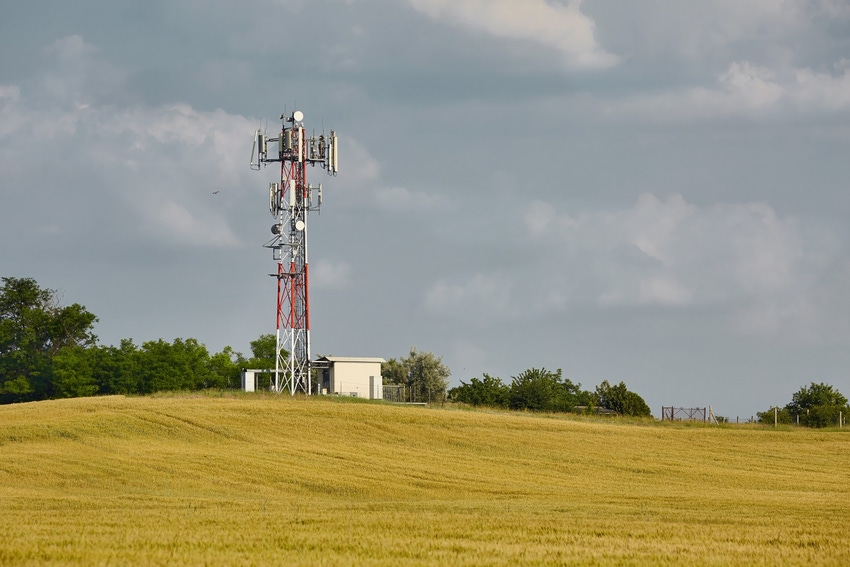A year after it was announced, the Shared Rural Network programme took one step closer to actually happening with the publication of a transparency notice.
March 12, 2021

A year after it was announced, the Shared Rural Network programme took one step closer to actually happening with the publication of a transparency notice.
Leaving aside questions about why it took a year to draft, you may also be wondering why a such a thing is a prerequisite at all. The answer lies in the UK’s new trading relationship with the EU, following its departure from the bloc. This kind of state aid would previously have required a green light from the European Commission and, while that’s not longer the case, we are still bound by the terms of our new trade agreement.
One of a cornerstones of global trade is that countries shouldn’t favour their own companies over foreign ones in commercial matters and that, in principle, public money shouldn’t be used to give companies an unfair trading advantage. Of course everyone tries to bend those rules, some more flagrantly than others (cough, China, cough), but that’s tough to do with such a high profile bit of state subsidy as this.
Which brings us to the Shared Rural Network (SRN) – transparency commitment publication. “The Department for Digital, Culture, Media & Sport (DCMS) is publishing information in relation to the SRN programme, as required by Article 3.7 of the UK-EU Trade and Cooperation Agreement (TCA),” opens the document. “This transparency notice provides information on how the programme meets subsidy principles set out in Article 3.4 of the TCA…”
There follows a bunch of very dull bureaucratic legalese, which the European Commission will presumably pore over to see if it can find anything to moan about. “The programme will pursue better coverage to remedy market failures in a proportionate way, and how the subsidy will mitigate any negative effects to EU–UK trade and investment,” concludes the press release in anticipation of EC meddling.
“The Shared Rural Network is a key part of the government’s infrastructure revolution to level up and unlock new economic opportunities in every corner of the UK,” said Minister for Digital Infrastructure Matt Warman. “Mobile firms are making great progress boosting 4G services in countryside communities as part of their side of this landmark agreement. With the publication of this notice, we shall now push on with making patchy or poor coverage a thing of the past as we build back better from the pandemic.”
Hopefully. It’s not clear whether or not we need to wait for the EC to respond to this publication before going ahead with the subsidy, but that could take years. Beyond telecoms, the way this is handled on both sides of the Channel will set a precedent for the new trading relationship. Let’s hope the EC does a better job than its abject performance over the matter of Covid vaccines.
About the Author(s)
You May Also Like







.png?width=300&auto=webp&quality=80&disable=upscale)

.png?width=300&auto=webp&quality=80&disable=upscale)
_1.jpg?width=300&auto=webp&quality=80&disable=upscale)



.png?width=800&auto=webp&quality=80&disable=upscale)